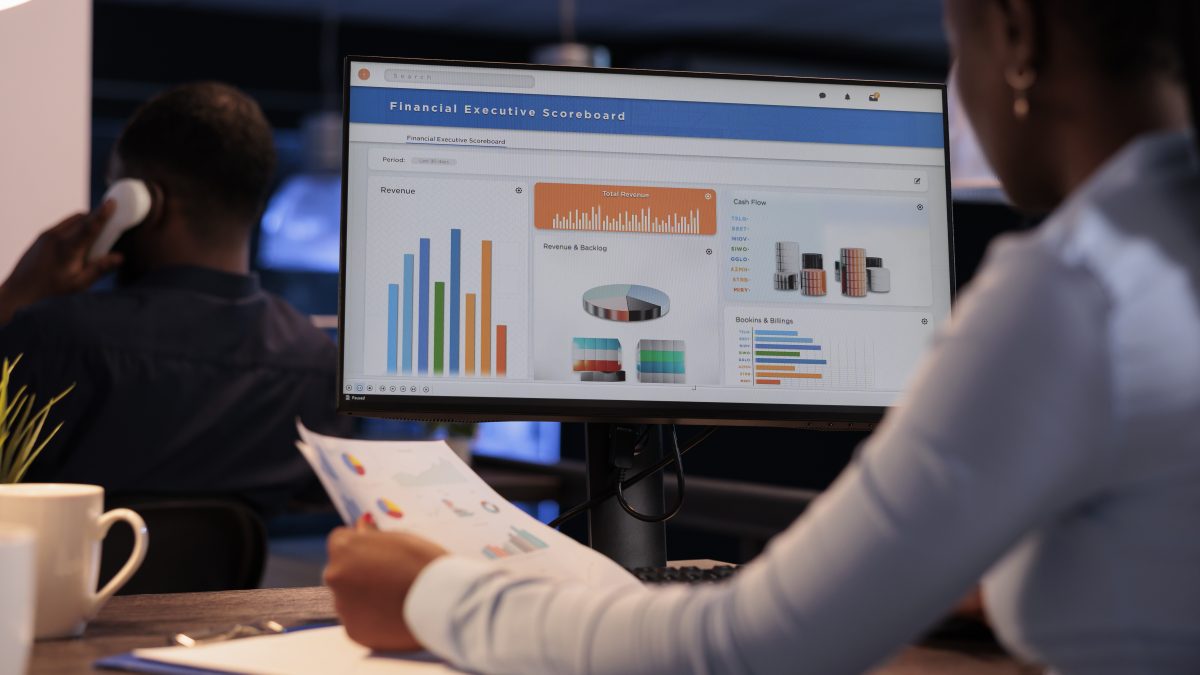Data visualization is a crucial aspect of effectively communicating insights and findings to various stakeholders. It allows users to present complex data in a clear and concise manner, enabling better decision-making and understanding. In this article, we will explore the basics of data visualization and provide tips for creating compelling visuals that communicate insights clearly.
Why Data Visualization Matters
Data visualization isn’t just about creating fancy charts and graphs. It’s about presenting information in a way that is easily digestible, engaging, and ultimately, drives action. Here’s why data visualization is a game-changer:
- Clarity and Understanding: Visuals can simplify complex datasets, making them easier to understand and interpret, even for non-technical audiences.
- Identification of Trends and Patterns: Data visualizations help us spot trends and patterns that might go unnoticed in raw data, leading to valuable insights.
- Enhanced Communication and Storytelling: Visuals can capture attention, spark curiosity, and effectively communicate complex ideas in a memorable way.
- Data-Driven Decisions: By presenting information visually, you empower stakeholders to make informed decisions based on clear evidence.
Essential Elements of Effective Data Visualization
Now that you understand the power of data visualization, let’s explore the key elements for creating impactful visuals:
Choose the right chart type: Selecting the appropriate chart type is essential for presenting data accurately and clearly. Common chart types include bar charts, line charts, pie charts, and scatter plots. Each chart type is suited for different types of data and comparisons.
- Use color wisely: Color is a powerful tool in data visualization, but it should be used thoughtfully. Choose colors that contrast well and avoid using too many colors, as it can create confusion. Use color to highlight important data points or to differentiate between categories.
- Keep it simple: Avoid cluttering your visuals with too much information. Focus on the most important insights and use labels and annotations sparingly. A clean and simple design will help your audience focus on the key takeaways.
- Use labels and annotations effectively: Labels and annotations should be used to provide context and clarify the meaning of the data. Ensure that labels are placed close to the data they represent and use annotations to provide additional information or explanations.
- Use a consistent layout: A consistent layout helps create a sense of order and makes it easier for your audience to understand the data. Use a logical layout that follows a clear hierarchy of information, starting with the most important insights and gradually providing more detail.
- Consider your audience: Tailor your visuals to your audience’s needs and preferences. Use language and visuals that resonate with your audience and ensure that the insights are relevant to their interests and objectives.
Data visualization is a powerful tool for communicating insights and findings. By following these tips and best practices, you can create compelling visuals that effectively communicate your data and insights to your audience.





